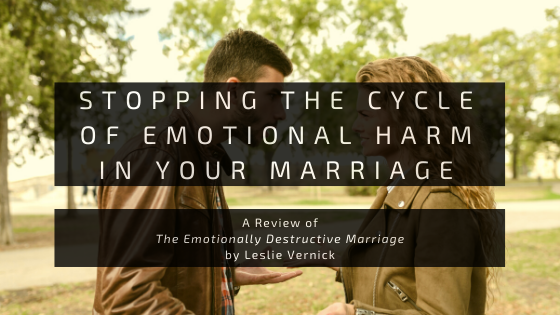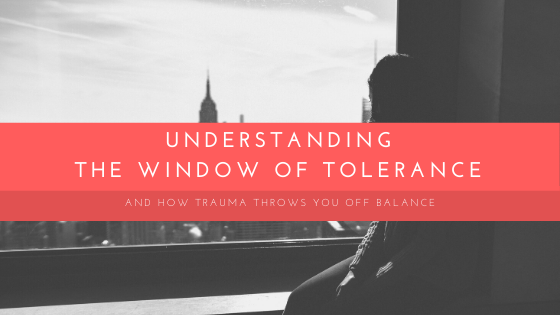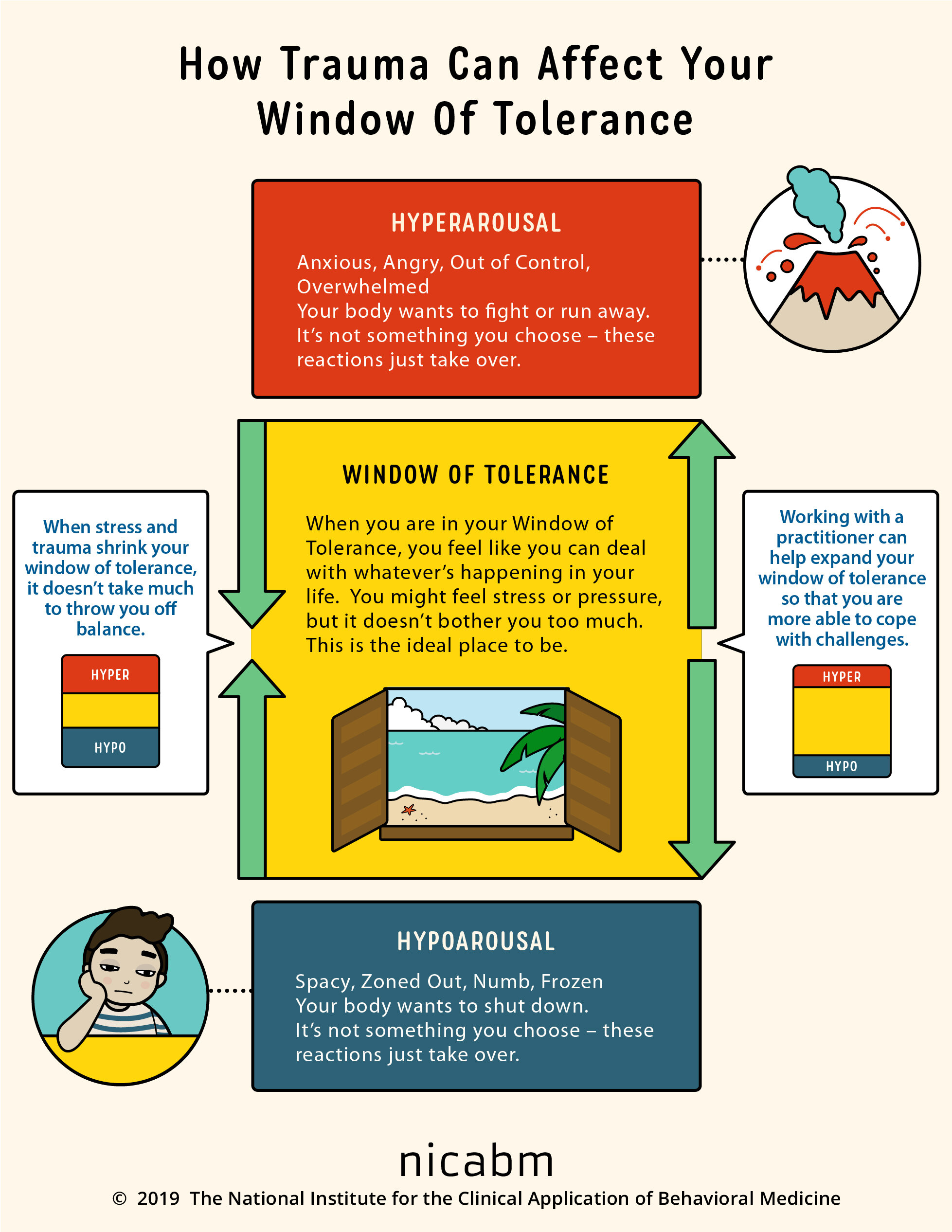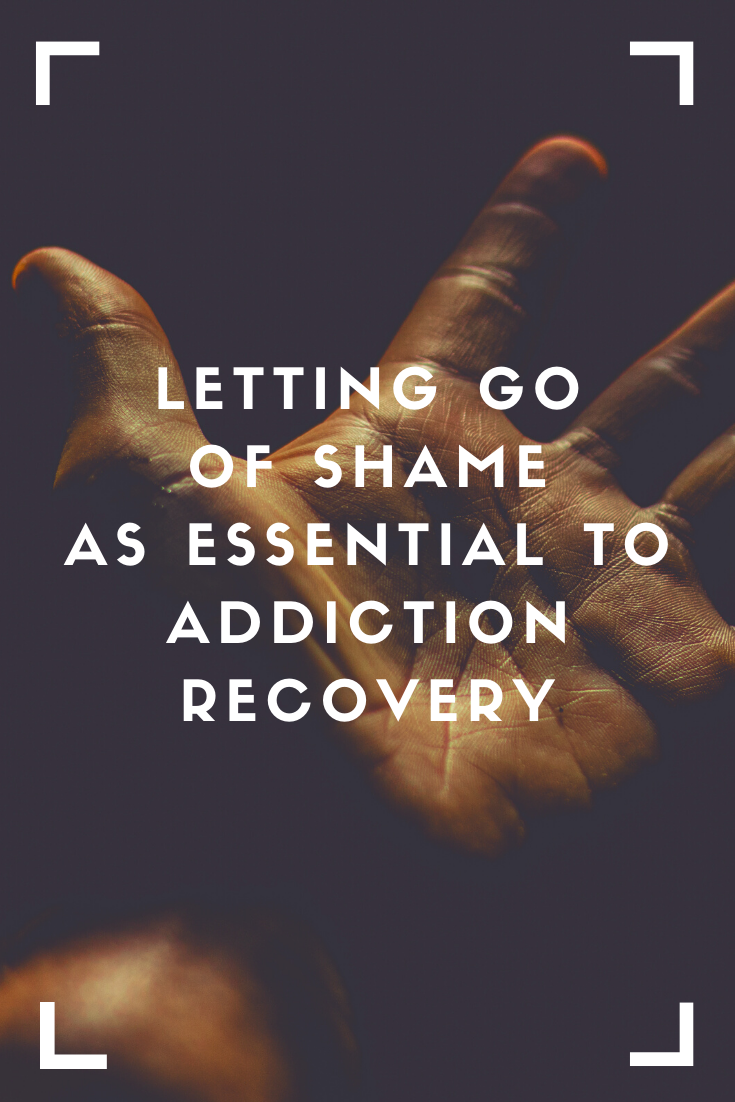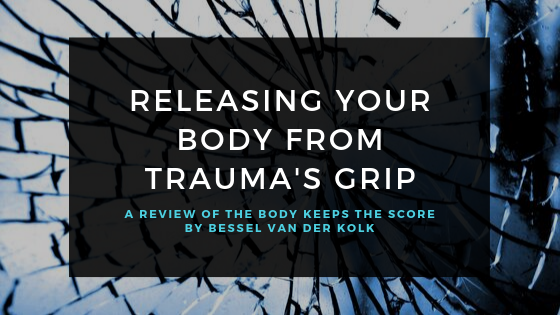The term “codependent” has been used often within addiction and the mental health world to describe someone whose identity or sense of self is wrapped up in another person. But this term has had its fair share of misuse and controversy.
In addiction literature, “codependency” became synonymous with “co-addiction”. Co-addiction suggests that the partner of an addict is addicted to the relationship with the addict, which enables the addict and allows him or her to continue their addictive behavior. Labeling the partner as a co-addict gave them a disproportionate amount of blame for the addict’s choices. It caused many partners to feel that their stories were invalidated. Because of this, addiction literature has shifted to recognize partners’ experience in relationship with addicts as traumatic and avoid using labels such as codependent .
Unfortunately, this response neglects the reality of some people’s true experience of codependency. Codependency can happen in the context of a relationship with an addict or not. It can also happen with a child who is rebelling or making poor choices. It could happen in friendships or work relationships. It can happen in your church or other places you volunteer or give your time and energy.
What is codependency?
According to Melody Beattie, author of Codependent No More: How to Stop Controlling Others and Start Caring for Yourself, a codependent person is “one who has let another person’s behavior affect him or her, and who is obsessed with controlling that person’s behavior.” He or she becomes overly involved and entangled in the lives of others, to the detriment of their own well being. A codependent person often has high needs for affection and care with corresponding devastation when they feel they aren’t receiving them.
Codependent individuals lose themselves in others. They misplace their identity and unique personality in the search to find another person to “complete” them. Their relationships are often one-sided, as evidenced by a tendency to try everything to save relationships that are destructive. Codependent people feel they can save others through their compassionate help and care, but are disappointed when their attempts to fix or “support” are met with resistance, and their well-being suffers as a result.
Pia Mellody, another clinician who writes on codependency in her book Facing Codependence: What it Is, Where it Comes From, How it Sabotages Our Lives, talks about failure to set appropriate boundaries as a hallmark of codependency. You might see this as taking on too much responsibility for the well-being of others and feeling guilty when attempts to help fall through. She shares insights into the origins of codependency in her book, indicating that often this stems from codependency in your family-of-origin.
A Codependency Quiz
Read through the questions below and answer yes or no to determine if you might struggle with codependency.
Do you tend to doubt yourself and feel insecure, even in areas where you have experience and know what you’re doing?
Do you struggle to say “no” to requests even when you don’t have the time or energy to carry them out?
Do you let people too close to you, only to feel betrayed when they disappoint or hurt you?
Do you find yourself pushing people away to protect yourself?
Do you have a hard time recognizing your own emotions or thoughts?
Do you struggle to identify your own needs?
Do you spend excessive amounts of time and energy on others at the expense of meeting your own needs?
Have others described you as “too needy” in relationships?
Do you have intense emotional reactions to conflict in your relationships?
In relationships, do you often feel that you are the only one making a sacrifice to meet your partner’s needs?
Do you find your personal worth or value in how others see you?
Are you constantly striving to prove yourself to others?
Do you tend to overanalyze and obsess over mistakes you’ve made in relationships?
Do you find yourself thinking, “if only this other person would change, everything in my life would be better?”
Do you feel a strong need to be loved, affirmed, and desired that causes problems in relationships?
Do you notice yourself using passive-aggressive statements to get your needs met?
Do you find yourself trying to “fix” others?
Do you have a hard time trusting others?
Do you struggle with intense outbursts of anger or irritability?
Do you feel ambivalence toward intimacy: a desire to be close to others, but also a fear of what it means to be close?
Do you try to make everyone else around you happy, even though you feel miserable?
Do you feel overcome with shame and/or guilt when someone offers you constructive feedback?
If you’ve answered five or more of these questions with “yes,” you may be dealing with codependent tendencies in your life. Reach out to a licensed counselor to talk more about your responses and get help.
Resources for Codependency
In the meantime, you may be interested in learning more about codependency. Here are a few books I’d recommend if you’re interested in learning more, seeing if you identify with any codependent tendencies, and beginning the process of healing.
Facing Codependence: What It Is, Where It Comes From, How It Sabotages Our Lives by Pia Mellody (also has a workbook)
Codependent No More: How to Stop Controlling Others and Start Caring for Yourself by Melody Beattie (also has a workbook)
The Intimacy Factor by Pia Mellody
Boundaries: When to Say Yes, How to Say No to Take Control of Your Life by Henry Cloud and John Townsend
Conquering Codependency: A Christ-Centered 12-Step Process by Pat Springle






